Phong Nha - Ke Bang National Park is one of my favourite places in Vietnam. It’s home to some of the world’s most spectacular caves, stunning karst mountain landscapes, dense forest and friendly picturesque villages. Best of all, you can visit most places by bicycle or on foot. It’s a special mix for travellers wanting a uniquely Vietnam experience in a natural setting.
The park also has historical significance. The Ho Chi Minh Trail, the supply line for Ho Chi Minh’s communists during the Vietnam War, ran through these mountains and across the nearby border into Laos.
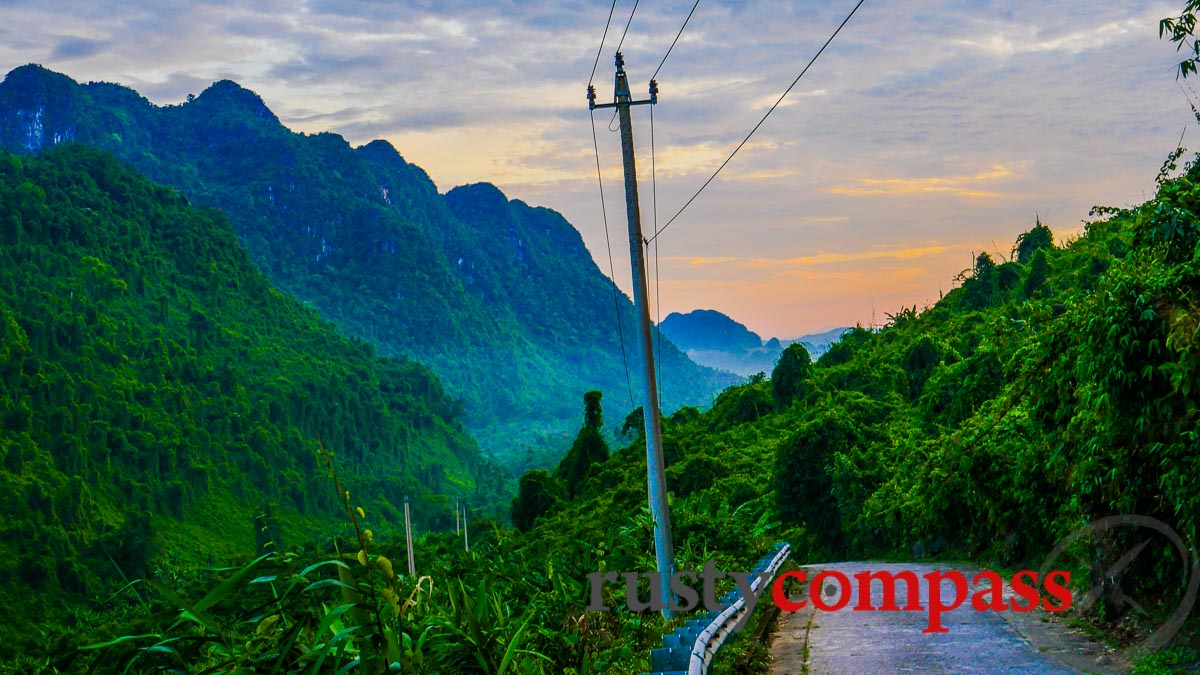
Photo: Mark Bowyer Cycling Phong Nha
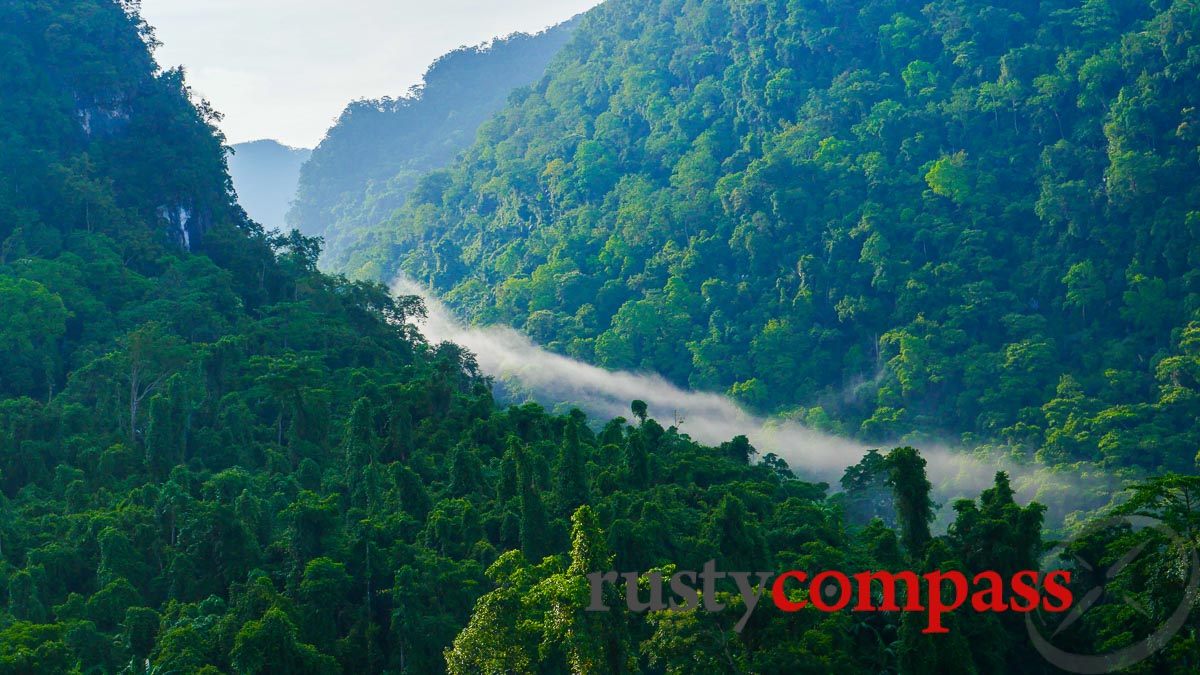
Photo: Mark Bowyer Phong Nha Ke Bang National Park
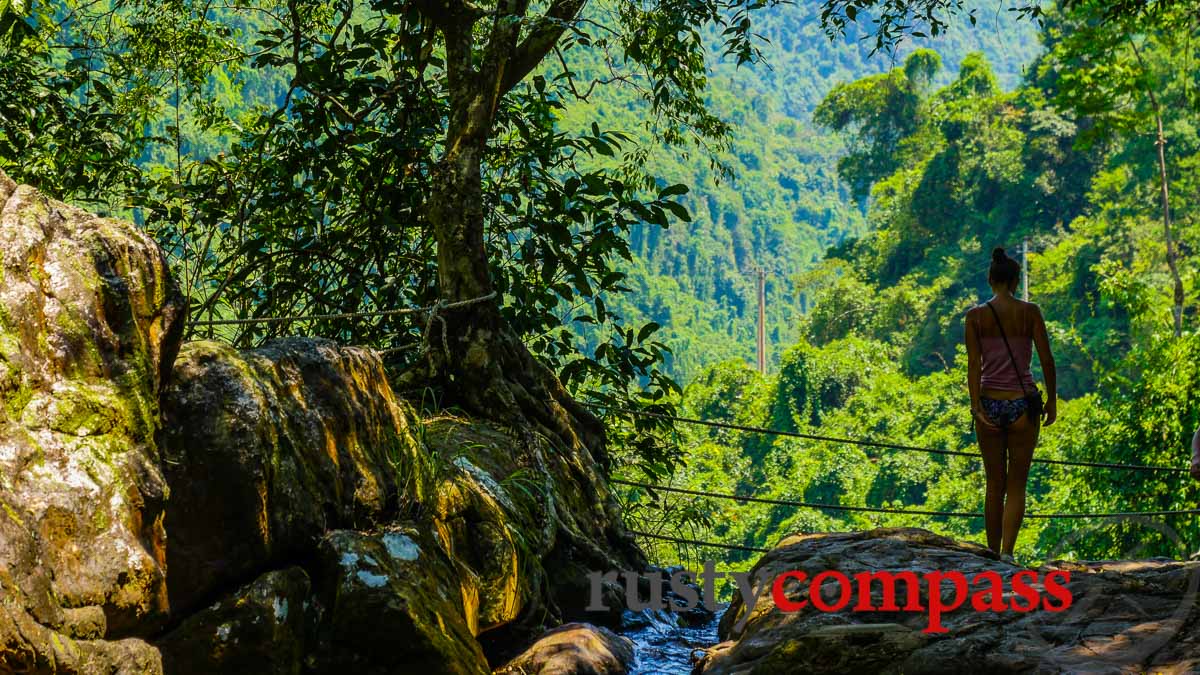
Photo: Mark Bowyer Phong Nha Ke Bang National Park
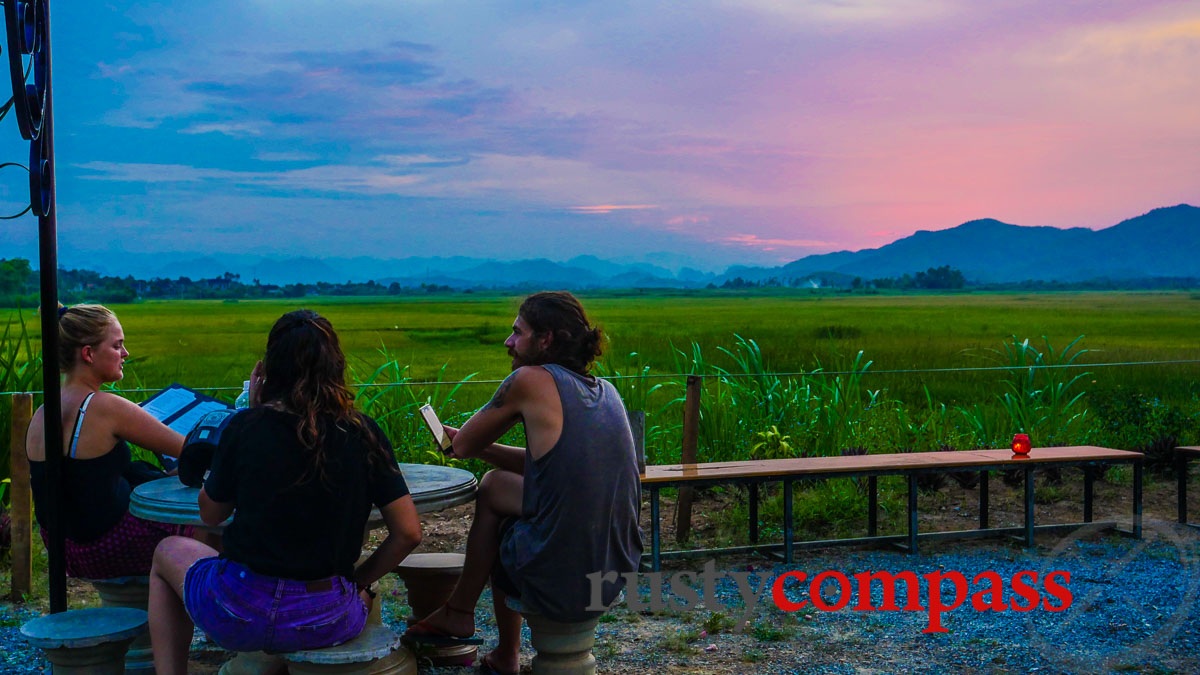
Photo: Mark Bowyer Phong Nha sunset

Photo: Mark Bowyer Paradise Cave, Phong Nha
This is a uniquely beautiful part of Vietnam that has yet to be hit by the heavy hand of tourism development. We hope it’s spared. But just in case, see it soon.
If your heart is set on exploring the world’s largest cave, you’ll need to be ready to part with some serious cash, and invest time and physical effort. Oxalis Adventure Tours is the exclusive operator to Son Doong cave. They operate a four day and three night tour that sells for $3000. A limited number of spaces are offered each year.
A handful of other caves are more easily explored by visitors, including Paradise Cave - considered to be one of the most beautiful in the world. Phong Nha Cave and Dark Cave are also popular with visitors.
There’s plenty to see at Phong Nha beyond caves too. You could have a wonderful time here without even setting foot in a cave. This is one of the best places to experience Vietnam’s natural beauty with a healthy dose of rural life. It offers the country’s best cycling - though good bikes can be hard to come by. The hills will test you too.
Spend some proper time in Phong Nha. You can easily do three or four nights and if you want to chill out by the river watching the world go by, stay longer. But check the weather before you travel. This part of Vietnam sees some wild climatic extremes and flooding - especially in September and October.
Phong Nha Ke Bang - background
The beauty of Phong Nha cave has been celebrated for centuries. Prior to World War II, French tourists to the Indochina colonies began to take an interest in the caves. There is evidence that the Cham people used the cave as a place of worship as far back as the 9th century.
Since the 1990s a series of exploratory missions by British and Vietnamese teams have surveyed known caves and uncovered new ones. The discovery of Paradise Cave in 2005 and its opening to travellers in 2010 sparked a renewal of interest in the area. When British teams declared Son Doong cave as the largest in the world, Phong Nha Ke Bang’s fame spread further.
During the Vietnam War, the Phong Nha Ke Bang area was part of the Ho Chi Minh Trail and was heavily bombed. The National Park contains many monuments remembering the terrible losses of the war.
Phong Nha still has a laid back and undeveloped feel that is a big part of its charm. The hotel and restaurant scene is basic but adequate. And much of the infrastructure is focused on backpackers.
There are big plans however. Especially controversial is a planned cable car to Son Doong Cave. This proposal has met with significant local and international criticism. The status of the project is unclear at time of writing.
There are wider concerns that Phong Nha faces the same pressures to target mass tourism as other provinces have in Vietnam. Vietnam’s recent record for heavy handed tourism development is not good. Don’t delay your visit too long. Phong Nha is likely to change fast.
Phong Nha Ke Bang - weather
Phong Nha experiences four seasons. The most important season to be aware of is the flood season through late autumn from mid-September until mid-November. Most years the town is inundated by floods for a few days - it’s something best avoided. You don’t want to be a burden when local resources are stretched. Check the weather carefully.
Son Doong cave expeditions operate between January and August due to weather conditions and water levels.
Things get cool and grey in the winter months from December to February. You’ll need a jacket and warmth at night. This time can be beautiful too.
The summer months from June to August get very hot and there are usually spectacular storms.
Phong Nha Ke Bang - getting there and away
Phong Nha is located around 170kms north of Hue and 500kms south of Hanoi. The nearest major centre is the Quang Binh provincial capital, Dong Hoi. There are many flights each day to nearby Dong Hoi airport from major domestic carriers. Or take the train to Dong Hoi station from Hanoi, Ninh Binh or Hue.
Phong Nha is 50kms from Dong Hoi.
Regular buses operate between downtown Dong Hoi and Phong Nha. Taxis will set you back more than 400K VND.
Many travellers head north from Hue through the old DMZ (Demilitarised Zone) to Dong Hoi and Phong Nha.
Phong Nha Ke Bang - getting around
Phong Nha is probably my favourite place for cycling in all of Vietnam. It’s incredibly picturesque whether you’re riding through villages or the National Park.
Scoring a good bike can be more difficult unfortunately. Low quality bikes are available everywhere. If you want to explore the National Park, you’ll need a good bike.
Backpackers tend to ride motorcycles - and it often goes very wrong. Usually parents, siblings or friends are left to pick up the pieces. Be very careful. This isn’t a good place to learn to ride a motorcycle. And if you do come unstuck and you don’t have a license, someone’s gonna have to pay because you will have voided your insurance cover.
If you want to cover some serious territory, organise a xe om motorcycle taxi - often known as Easy Riders. Before you entrust one of these guys with your life, check their driving standards. You might want to check out their spare helmet too. Ideally, get a sense of how careful or otherwise your ride is likely to be. This can be a great way to explore. Expect to pay between 300 and 500k VND depending on the distance you plan to cover and the duration you expect to be on the road.
Phong Nha Ke Bang - health and safety
Many a backpacker comes unstuck on the roads around Phong Nha (see above). The roads are by far the biggest hazard - especially for inexperienced and unlicensed motorcyclists.
Crime against tourists, especially violent crime, is extremely rare. This is a safe place if you survive the roads.
Phong Nha has a small clinic but no hospital. The nearest hospital is in Dong Hoi however standards here are still low. If possible, try and get to Hanoi or Ho Chi Minh City.
Phong Nha - ATMs and internet
Phong Nha now has ATMs that accept international cards. Acceptance of credit cards is variable.
3G and 4G internet coverage is good in the town and nearby areas. Free wifi is widely available and we found speeds to be quite good given the remoteness of the area.

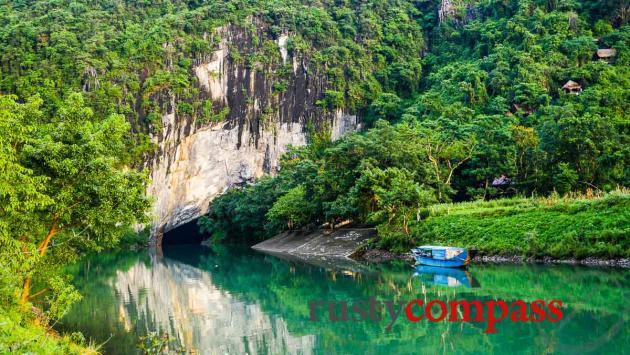
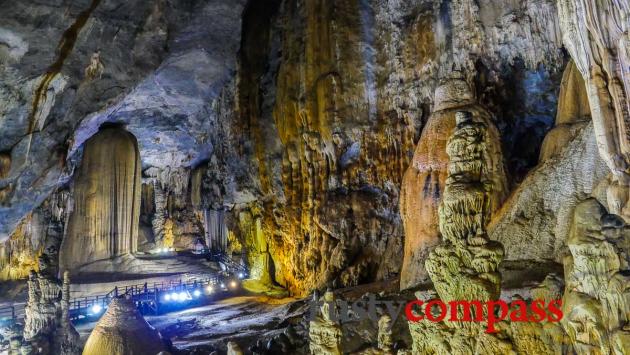
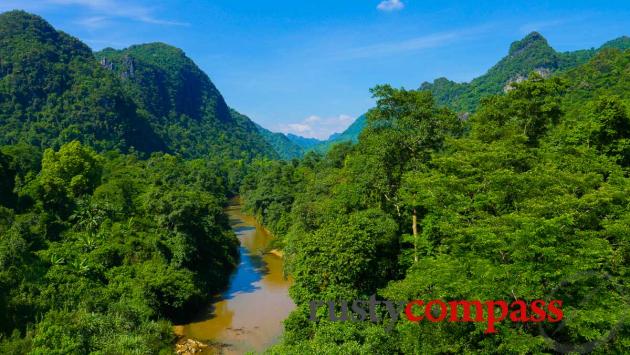
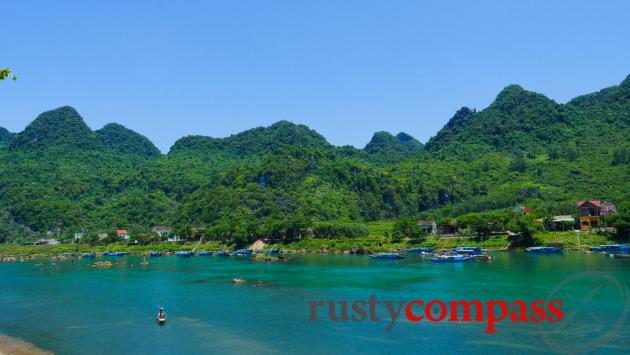
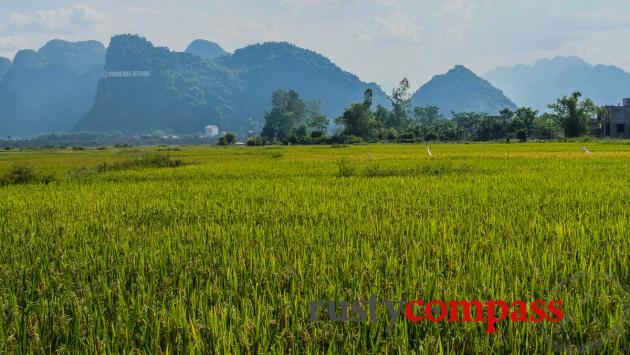
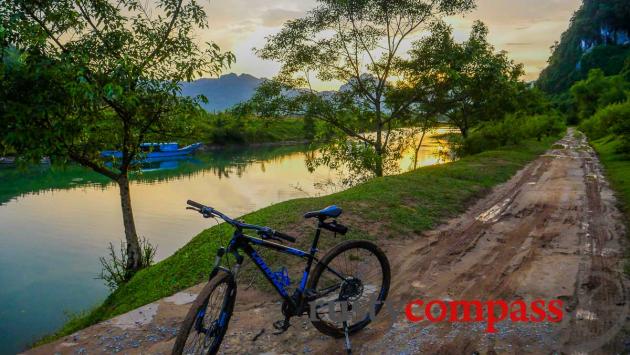
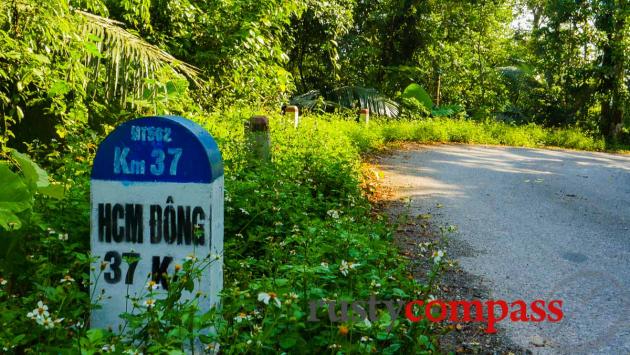
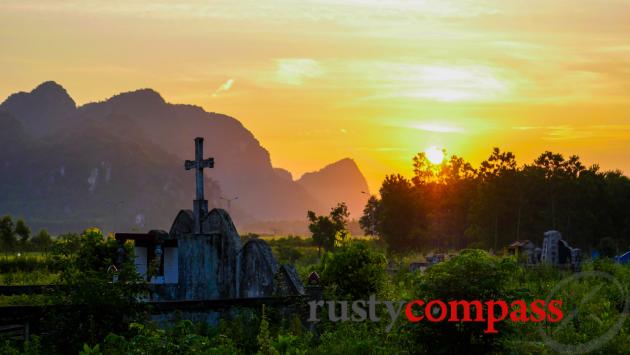
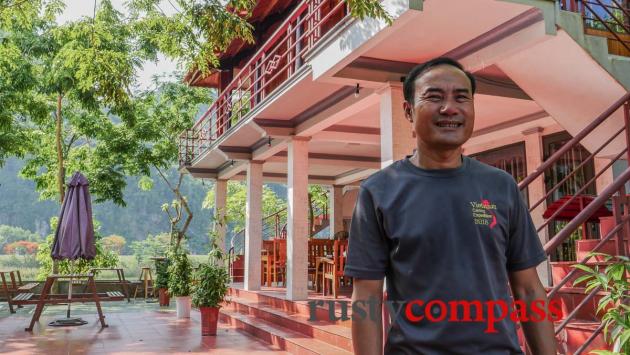
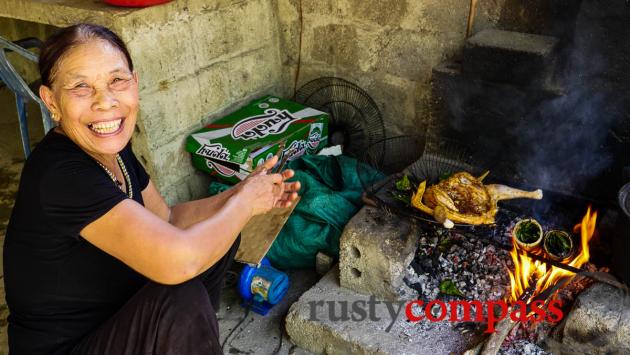
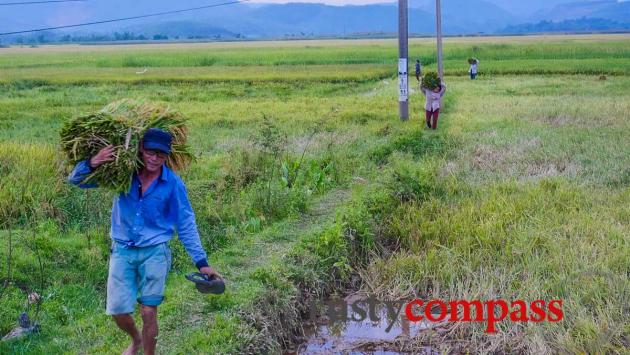
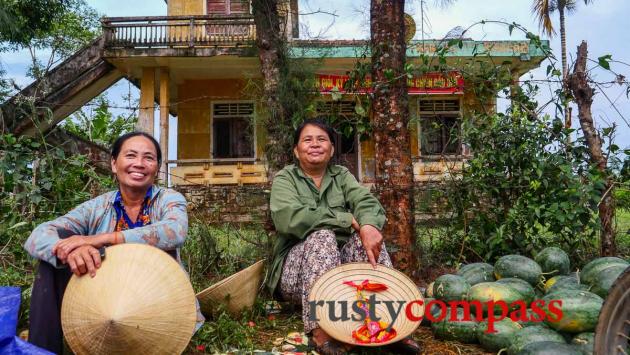





Twitter: @rustycompass
Rusty Compass is an independent travel guide. We’re focused on providing you with quality, unbiased, travel information. That means we don't receive payments in exchange for listings and mostly pay our own way. We’d like tourism to be a positive economic, environmental and cultural force and we believe travellers deserve disclosure from publishers. Spread the word about Rusty Compass, and if you're in Saigon, pop in to The Old Compass Cafe and say hi. It’s our home right downtown on Pasteur St. You can also check out our unique tours of Ho Chi Minh City and Sydney at www.oldcompasstravel.com Make a financial contribution using the link below. Even small amounts make a difference. Thanks and travel well!